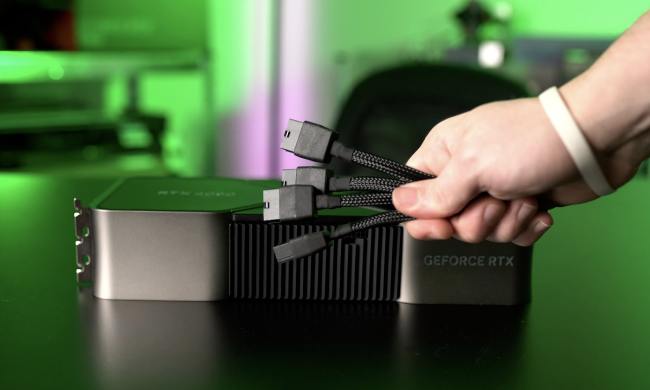Its been a while since we’ve last seen a truly impressive gaming peripheral. Razer’s Naga Epic Chroma mouse is attempting to stir this pot. It offers, as the manufacturer puts it, “more freedom than ever before” for gamers.
Multiplayer PC gamers can make the Naga Epic Chroma feel personal. They have a choice of 16.8 million (yes, million) color options for its scroll wheel, and thumb grid lighting.
Aside from being flashy and eye-catching, the Chroma illumination effects help you stay away from the dark side, literally, making night-time gaming easier, and more comfortable.

An impressive total of 19 MMO-optimized programmable buttons are spread all over the stylish body of Razer’s newest rodent, including 12 mechanical number keys, which are situated on the so-called thumb grid.
Unfortunately, left-handed gaming isn’t encouraged, with no way to move the 12 programmable buttons from the left side to the right. Offered in both wireless and wired configurations, the Naga Epic Chroma claims stunning levels of accuracy, and uber-fast response times as well.
Lag? Forget lag, as the 4G laser sensor captures up to 200 inches per second, and clocks in at a maximum resolution of 8,200 DPI.
For those who take gaming really seriously, Razer allows access to a beta software program called Synapse. This tracks game times, button presses, physically applied pressure, and more. The idea is that these stats can help you become a better player.
Min-Liang Tan, Razer’s co-founder and CEO, promises that gamers will be able to “maximize their gameplay capabilities” and “get the unfair advantage” with Synapse data, and the abundance of optimized buttons.
Capable of lasting a good 20 hours on a single charge, the Naga Epic Chroma weighs a third of a pound, and is fairly pricey.
You can pre-order it now for $130. It will ship sometime in November.


